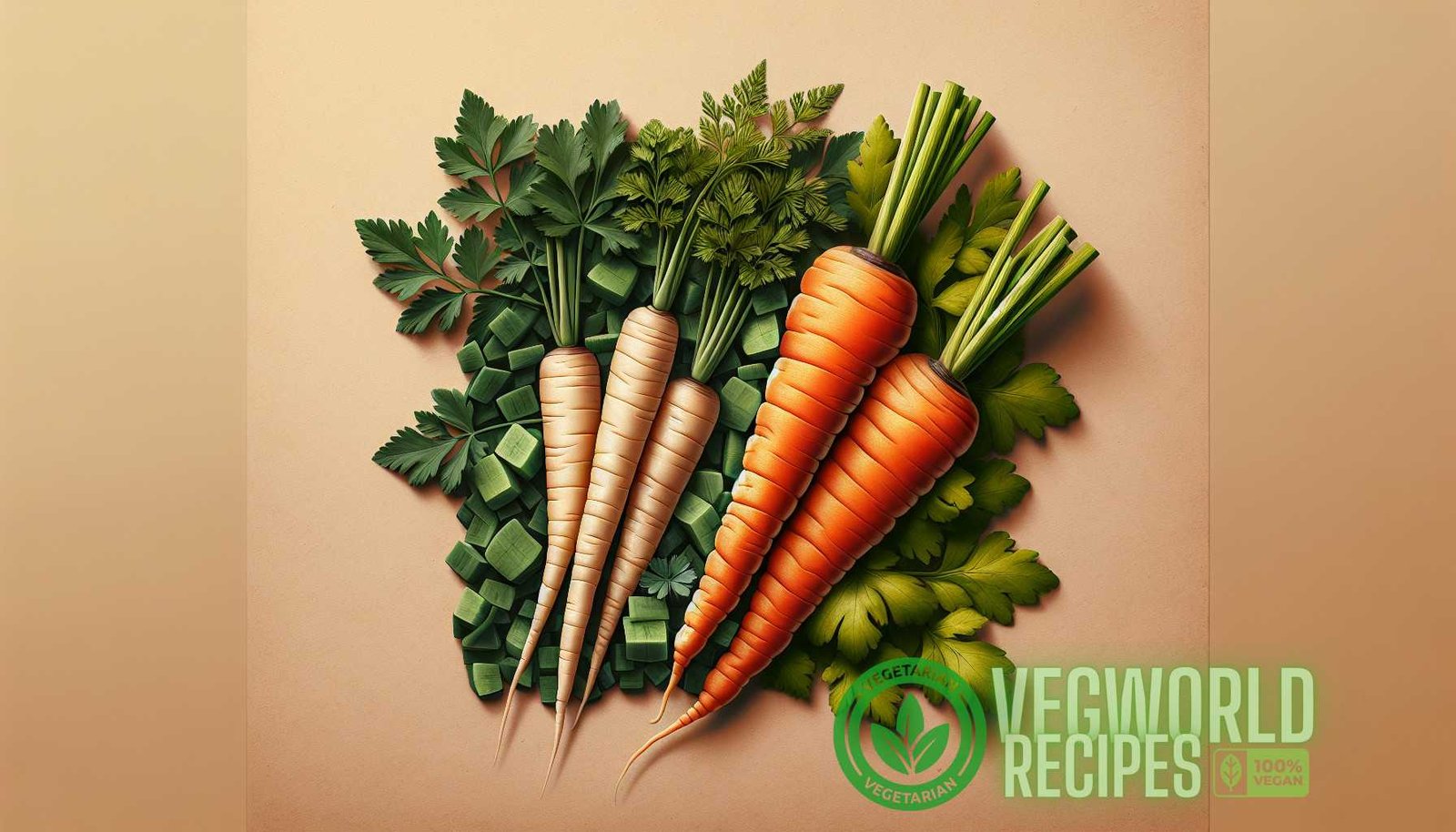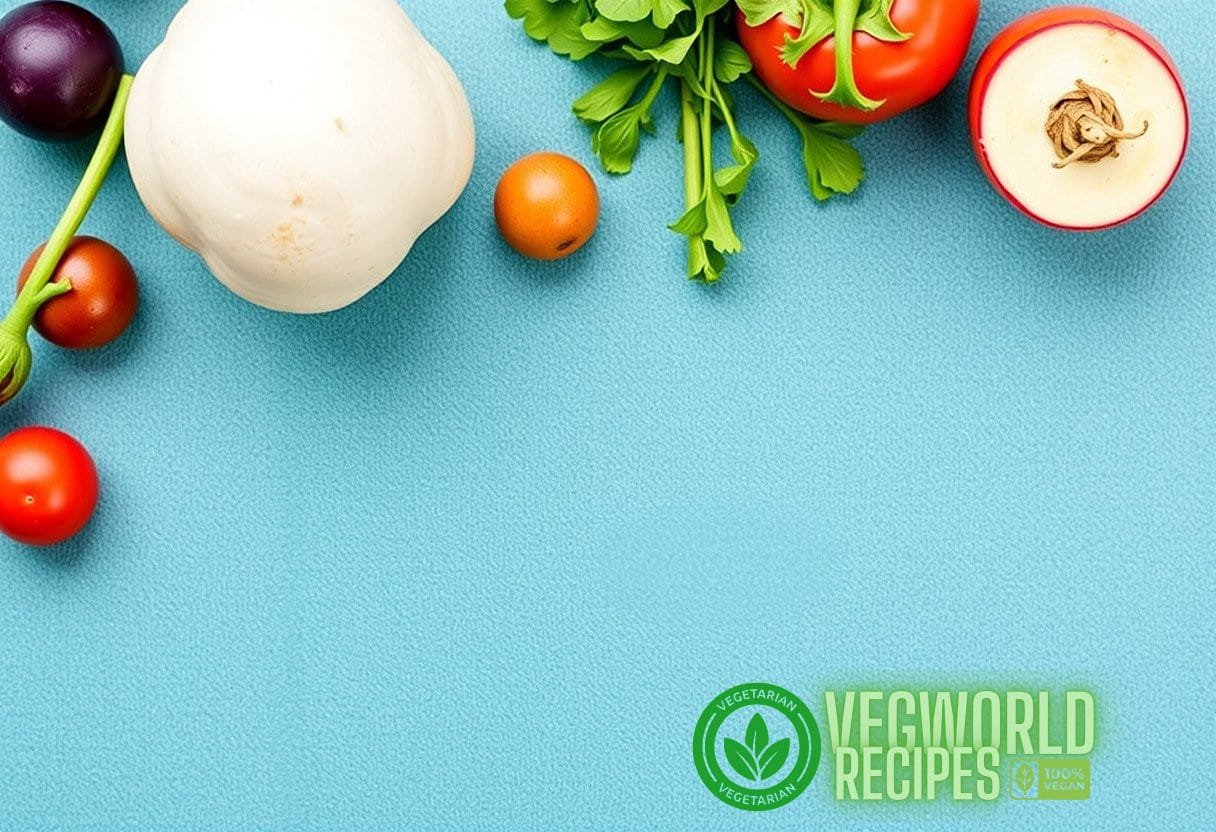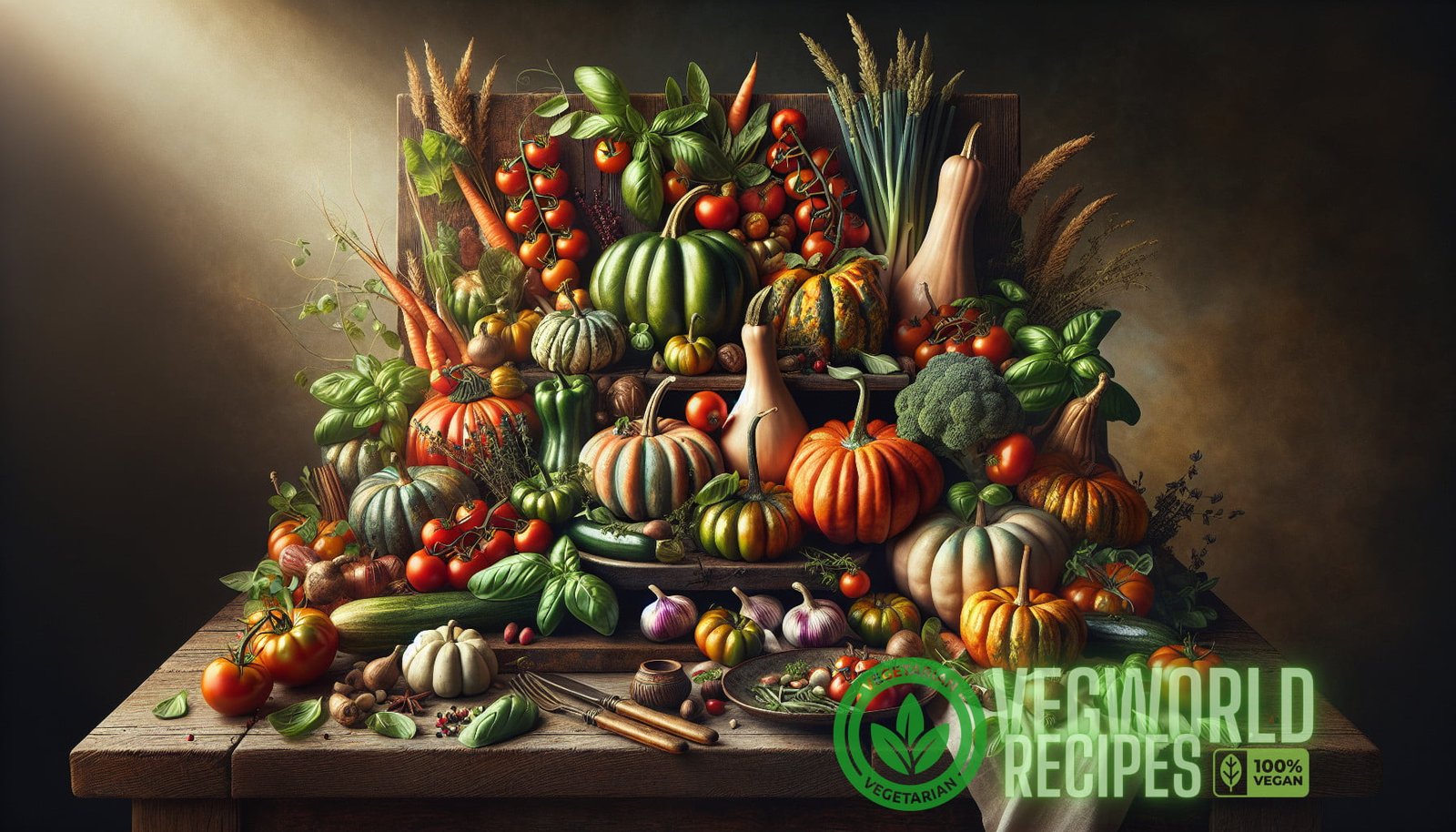Unveiling the Seasons: Exploring the Fascinating Chemistry of Vegetable Pairings
Seasonal pairings are more than just a culinary trend; they are based on the fascinating chemistry of vegetables and the interactions that occur between them. Understanding these interactions can elevate the flavors in your dishes and create a truly harmonious culinary experience. In this article, we will delve into the science behind vegetable pairings, exploring how seasonal variations impact the nutritional potential and taste of our favorite veggies.
The Chemistry of Vegetable Pairings
Vegetable pairings are not just about finding two vegetables that taste good together; they are about understanding the chemical reactions that take place between different types of produce. When we combine certain vegetables, their natural compounds interact, producing new flavors, aromas, and textures. These interactions can be subtle or pronounced, but they ultimately elevate the overall taste of the dish.
One of the key factors in vegetable pairings is the presence of volatile compounds. These compounds are responsible for the characteristic aromas and flavors we associate with different vegetables. By pairing vegetables with complementary volatile compounds, we can create a symphony of flavors that enhance each other. For example, the earthy aroma of mushrooms pairs beautifully with the bright, herbaceous notes of asparagus.
In addition to volatile compounds, the varying levels of acidity in different vegetables also play a role in their compatibility. Some vegetables, like tomatoes, are naturally acidic, while others, like beets, are more alkaline. By pairing vegetables with similar acidity levels, we can create a balanced and harmonious flavor profile.
Seasonal Variation and Nutritional Potential
Seasonal variation plays a significant role in the nutritional potential of vegetables. As the seasons change, the biochemical composition of plants alters, affecting their taste, texture, and nutrient content. By understanding these changes, we can make informed choices about the vegetables we use in our recipes.
The nutritional content of vegetables can vary depending on the time of year they are harvested. For example, leafy greens like spinach and kale are rich in vitamins and minerals, but their nutrient levels can fluctuate throughout the year. Studies have shown that these fluctuations are influenced by factors such as temperature, sunlight exposure, and soil composition.
By choosing vegetables that are in season, we can maximize their nutritional potential. Seasonal vegetables are often harvested at their peak ripeness, when their nutrient content is at its highest. Incorporating seasonal produce into our recipes allows us to take full advantage of the vitamins, minerals, and antioxidants these vegetables have to offer.
While the nutritional content of vegetables may vary with the seasons, their delicious flavors remain consistent. By pairing seasonal vegetables together, we can create dishes that highlight the natural flavors of each ingredient. This not only enhances the taste of the dish but also provides a wide range of nutrients in a single meal.
Unlocking the Flavor Potential of Seasonal Pairings
To unlock the full flavor potential of seasonal pairings, it’s important to consider the characteristics of each vegetable and how they interact with one another. Here are some tips to help you create perfectly balanced and flavorful dishes:

- Choose vegetables with complementary flavors: Pairing vegetables that have contrasting flavors can create a harmonious balance. For example, the sweet and crisp nature of carrots pairs well with the earthy and creamy flavors of parsnips.
- Consider the texture: Texture plays a significant role in the overall enjoyment of a dish. Combining vegetables with different textures, such as the crunch of bell peppers with the softness of zucchini, can create a satisfying contrast.
- Experiment with cooking methods: Different cooking methods can bring out unique flavors in vegetables. Roasting, grilling, sautéing, and steaming all impart different nuances to the taste and texture of vegetables. Play around with different techniques to discover new flavor combinations.
- Pay attention to seasonality: When planning your meals, consider what vegetables are in season and how they can complement one another. This will ensure that you are using the freshest produce with the most intense flavors.
By following these guidelines, you can unleash the full potential of seasonal pairings and create dishes that are not only delicious but also visually appealing.
The Importance of Local and Organic Produce
When exploring the world of seasonal pairings, it’s essential to prioritize local and organic produce. Local produce is often harvested at its peak ripeness, ensuring maximum flavor and nutrient content. Supporting local farmers also strengthens the local economy and reduces the environmental impact associated with long-distance transportation.
Additionally, choosing organic produce guarantees that you are avoiding harmful pesticides and chemicals. Organic farming practices focus on sustainability and biodiversity, which can contribute to the overall health of our planet.
Conclusion
Vegetable pairings are a fascinating exploration of the chemistry behind our favorite foods. By understanding the interactions between different vegetables and embracing the seasonal variations in their taste and nutritional potential, we can create culinary experiences that are both delicious and nutritious.
Remember, when it comes to vegetable pairings, the possibilities are endless. Experiment with different combinations, explore the seasonal availability of produce, and let your taste buds be your guide. With each new discovery, you’ll unlock the secrets of seasonal flavors and create dishes that are truly unforgettable.
For more information about seasonal recipes and how to make the most of the incredible flavors of seasonal produce, check out the following articles:
- Seasonal Superfoods: Discover the Nutritional Powerhouses of Each Season
- Unlocking Vegetable Flavor: The Impact of Seasonal Variation on Nutritional Potential
Remember to always choose seasonal, local, and organic produce to fully embrace the flavors and benefits that vegetables have to offer.



